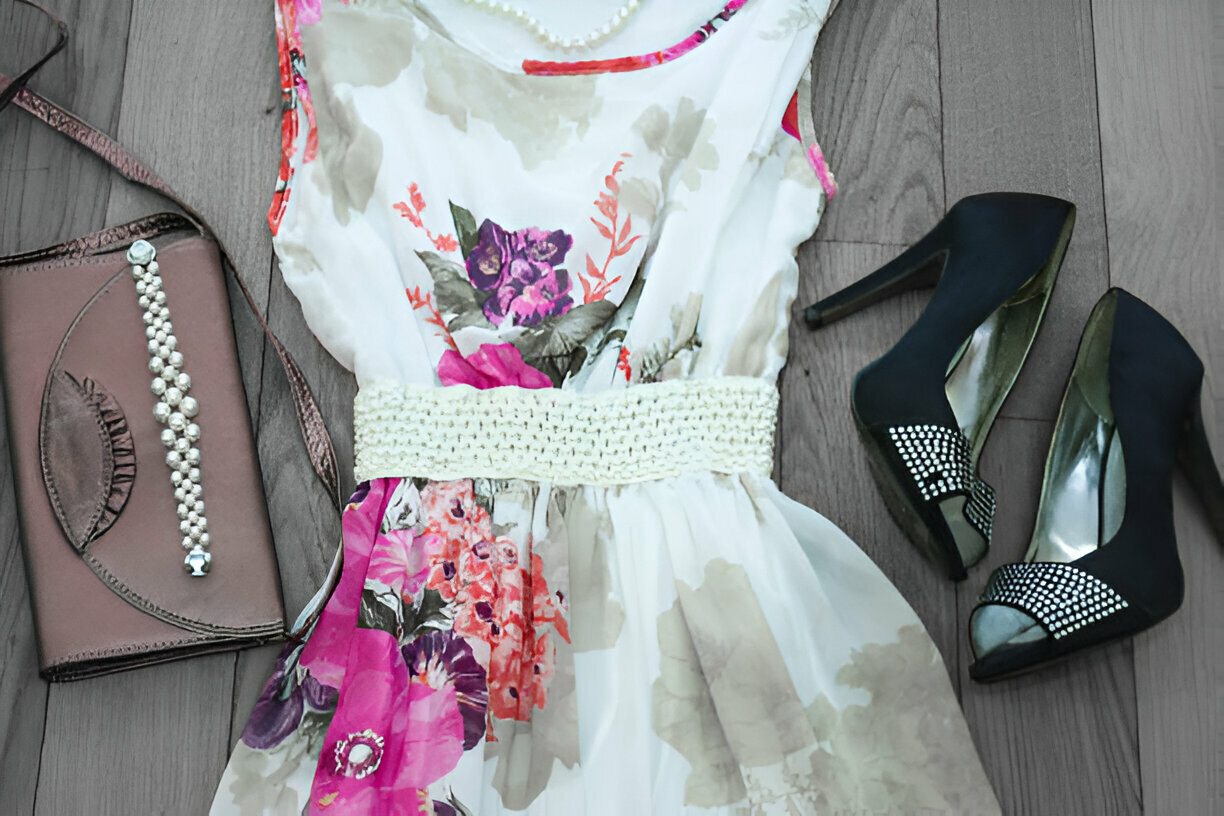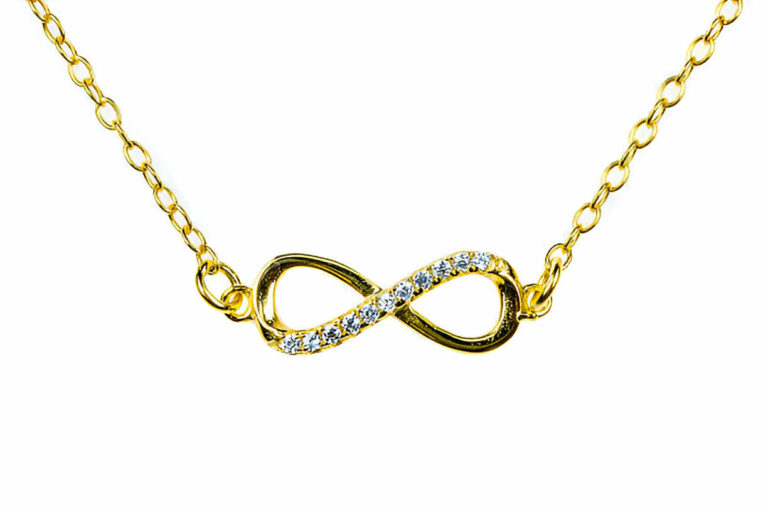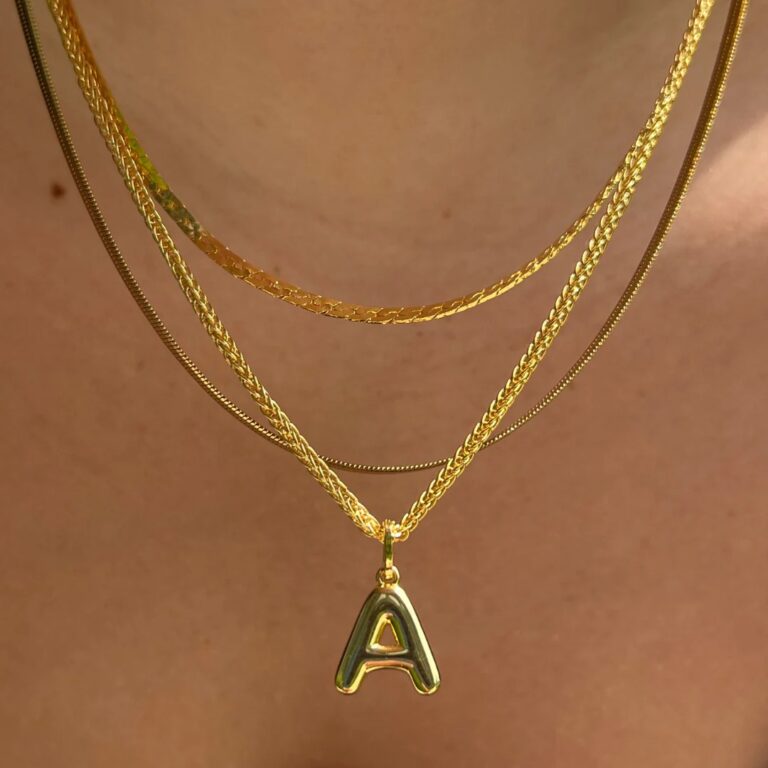From Fast Fashion to Forever Pieces: Smart Shopping & Sustainable Wardrobe Tips
Embracing sustainability in fashion isn’t just a fleeting trend; it’s a transformative movement. With increasing awareness of the environmental toll of mass clothing production, fashion enthusiasts and casual shoppers are seeking methods to curate a responsible and stylish wardrobe. This guide will navigate various approaches, from selecting eco-friendly materials to supporting ethical brands, offering practical advice for those aiming to make environmentally sound fashion choices. It’s about looking fabulous while minimizing one’s carbon footprint—achieving a balance that benefits both the individual and the planet.
Key Takeaways:
- Understanding sustainable fashion can significantly decrease your environmental impact.
- Investing in quality, eco-friendly materials, and proper garment care are keys to wardrobe longevity.
- Participating in the sharing economy and supporting ethical brands are actionable steps toward sustainable fashion.
Table of Contents:
- Introduction to Fashion Sustainability
- Smart Shopping Strategies
- Advantages of Investing in Quality Over Quantity
- The Role of Eco-Friendly Materials
- Upcycling and DIY Fashion
- Wardrobe Maintenance and Care
- The Sharing Economy and Clothing Swaps
- Minimalist Wardrobe and Capsule Collections
- Supporting Ethical Fashion Brands
- Becoming a Conscious Consumer: Final Thoughts
Introduction to Fashion Sustainability
When we talk about fashion sustainability, we refer to practices that support the lifespan of the environment and uphold social responsibility. Such practices include:
- Reducing waste throughout the production process.
- Using eco-friendly materials.
- Advocating for fair labor conditions.
The impact of sustainable fashion isn’t limited to conservation efforts but extends to creating a positive social influence that resonates with consumers globally. Among other retailers, H&M has recognized this shift towards eco-conscious purchasing decisions and has implemented measures to address it. Our shopping habits at such retailers also need to adapt, focusing less on quantity and more on quality and sustainability. Let’s dive into a comprehensive guide on revamping your shopping habits and wardrobe for a greener future.
Smart Shopping Strategies
The essence of intelligent shopping lies in making thoughtful and well-planned purchases. A cornerstone of such a strategy is appreciating the value found in second-hand shops and enjoying the thrill of discovering hidden gems. Moreover, avoiding impulsive shopping can significantly reduce unnecessary consumption and foster an environmentally friendly and deeply personal wardrobe. Before purchasing, consider the item’s versatility and potential for integration into your existing wardrobe.
Advantages of Investing in Quality Over Quantity
Our culture is saturated with fast fashion, enticing consumers with the promise of endless variety and accessibility. However, this often comes at the cost of quality and the well-being of our environment. It is iInvestinglity over quantity challenges this norm, advocating for fewer items, well-made and long-lasting items of cost-per-wear can be refreshing and eye-opening, as it shows just how economical and environmentally friendly it can be to opt for pieces that endure both in style and in substance.
The Role of Eco-Friendly Materials
Eco-friendly fabrics are integral to a sustainable wardrobe. Organic materials such as bamboo or Tencel require less water and pesticides for production, thus preserving ecological balance. Additionally, recycled fabrics breathe new life into existing textiles, reducing the demand for new resources. The choice of sustainable materials sends a message to the fashion industry about consumer preferences and values—driving change towards more eco-conscious manufacturing methods.
Upcycling and DIY Fashion
Upcycling transforms unused or discarded garments into more excellent value and appeal pieces. It’s a creative endeavor that diminishes the environmental impact of fashion by repurposing materials. DIY fashion fosters a sense of personal expression and extends the life cycle of clothing, contributing to a more sustainable wardrobe. By upcycling, consumers can actively partake in a fashion system that values ingenuity and resourcefulness.
Wardrobe Maintenance and Care
The longevity of our wardrobe depends heavily on maintenance and proper care. Simple actions, such as following laundering instructions, using environmentally friendly detergents, and storing clothes appropriately, can considerably extend the life of garments. Consumers can avoid the throwaway culture pervasive in today’s society by investing time into mending and making minor repairs. For more information on maintaining a sustainable wardrobe, refer to the article “Proper Clothing Care to Extend Lifespan.”
The Sharing Economy and Clothing Swaps
The sharing economy has found a natural ally that is sustainable. Clothing swaps and rental platforms embody the principles of circular fashion by keeping apparel in active use for as long as possible. These communal events reduce waste, foster community spirit, and allow participants to refresh their wardrobes without requiring new production. When done thoughtfully, trading and borrowing clothes can profoundly reduce one’s wardrobe’s environmental impact.
Minimalist Wardrobe and Capsule Collections
A minimalist wardrobe is about focusing on essentials and versatility rather than abundance. Capsule collections hone in on this idea, advocating for various interchangeable items that collectively form a cohesive wardrobe. This approach challenges the traditional consumer mindset, offering a structured and thoughtful approach to personal style that can drastically reduce the impulse to buy on a whim and thus contribute to sustainable fashion consumption.
Supporting Ethical Fashion Brands
Ethical fashion brands prioritize transparency, fair wages, safe working conditions, and eco-friendly practices. By supporting these businesses, consumers can use their buying power to influence positive change within the industry. Several brands consciously align their operations with ethical standards, signaling a shift towards more responsible fashion retailing. The trend’s insights and implications have been captured in “The Growth of Ethical Fashion Awareness,” a resource highlighting the increasing consumer ethic.
Becoming a Conscious Consumer: Final Thoughts
Becoming a conscious consumer is a commitment to ongoing education and making choices that align with ethical and sustainable values. It involves a shift in perspective—from seeing clothes as disposable items to valuing them as objects of craftsmanship and durability. The journey towards a sustainable wardrobe is, indeed—a journey marked by small but significant choices and changes that collectively contribute to a healthier environment and society. With each thoughtful purchase, repair, or upcycle, we rewrite the narrative of fashion and firmly place sustainability at its core.



